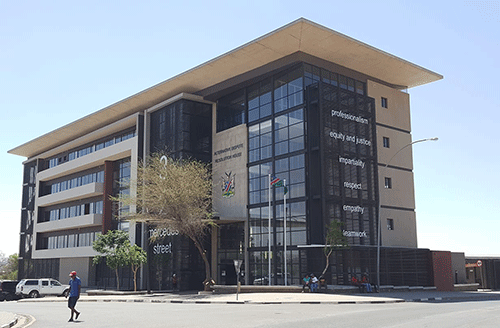Namibia, like many other African countries, has more people under the age of 18 than many other countries around the world. This youth population in Namibia and the rest of Africa is projected to double by 2050, which will place more and more stress on already strained economic resources.
To secure demographic dividends from this exponentially expanding population of youth, Namibia last week launched its labour market assessment report.
“Namibia is striving to meet national and international goals toward poverty alleviation and aims to specifically address youth unemployment through effective governance and prioritisation of socio-economic concerns,” said youth minister Agnes Tjongarero, in the report.
She noted that the current Namibian labour market has been unable to fully absorb all entrants into the workforce and fulfil the capacity and the potential that Namibian youth can bring to the economy. Consequently, unemployment in the country is high, with youth and women being the most affected.
Some of the reasons for Namibia’s challenge in fully meeting the youth employment potential include a relative lack of skills development, unstable labour market experience, gender disparity, lack of experience, inappropriate or lack of career guidance in schools and a mismatch between the labour market demand and supply in terms of skills and knowledge.
Tjongarero explained this labour market assessment appraises the possible labour market opportunities for Namibian youth as well as identifies prospective training providers, employers, sectors, and occupations to inform skills development programmes with the ultimate objective of addressing skilled labour force demand in the local labour market in the country, improving employability, social mobility, and inclusion.
According to the 2018 labour force survey, Namibia’s unemployment rate stood at 33.4% with a youth unemployment rate of 46.1%, of which men accounted for 43.7% and females for a staggering 48.5%. According to these figures, it is fair to say that every second young woman was unemployed in 2018.
At the launch, deputy youth minister Emma Kantema Gaomas noted the labour market assessment report is a vital tool that will inform response measures and strategies outlined in the National Youth Policy pillars, namely youth education and skills development, youth health and wellbeing and youth employment and economic empowerment.
– mndjavera@nepc.com.na


